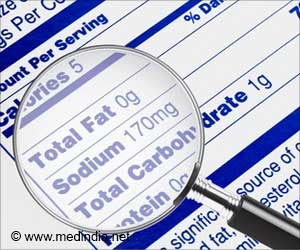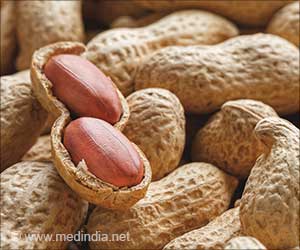Kids drinking more than 1 cup of fruit juice per day, had lower body mass index BMI than those children who didn’t consume juice at all.

Fruit Juice Consumption, Body Mass Index, and Adolescent Diet Quality in a Biracial Cohort
Go to source). “While total fruit intake and particularly whole fruit intake may have increased //in recent years, among younger children, this is not the case for older children,” said Dr. Moore, “In fact, teens generally consume only about half the recommended amounts of whole fruit per day. This study showed that teen girls who drank 100% juice were about twice as likely to meet Dietary Guideline recommendations for whole fruit as girls who didn’t drink any juice.” In this study, there were some racial differences in fruit consumption—black girls tended to consume 100% juice at a consistent level throughout adolescence despite drops in total fruit and especially whole fruit intakes. Thus, 100% fruit juice made an especially important contribution to total fruit intake among adolescents who consumed little whole fruit.”
The Ultimate Guide to Eating Healthy with Fruit Juice for Teen Girls
In this study higher intakes of 100% fruit juice during preadolescence were associated with higher intakes of both whole fruit and total fruit as well as better quality diets throughout adolescence. The girls, both black and white, who drank the highest amount of juice (≥1.25 cups per day) also had the lowest BMI levels while those with the highest BMIs were the nonfruit juice consumers. By the end of adolescence (ages 19-20 years), girls who consumed 1.25 or more cups per day of 100% fruit juice during adolescence had a BMI that was 1.7 kg/m2 lower (24.1 kg/m2 vs. 25.8 kg/m2 ) compared to girls who did not drink fruit juice.‘During preadolescence in girls, increased intake of 100% fruit juice is linked to higher intake of whole and total fruit. #healthyeating #fruitsbenefits #fruitjuice’





The study tracked multiple sets of 3-day diet records, as well as height and weight data, for more than 2,100 girls, over a 10-year period as part of the prospective National Heart, Lung and Blood Institute’s National Growth and Health Study. There were approximately equal numbers of black and white girls. Whole and total fruit consumption was compared with recommendations from the Dietary Guidelines for Americans (DGA) at each age, and diet quality was measured using Healthy Eating Index (HEI) scores. Among the study’s results were the following:
- Both white and black girls who consumed 100% fruit juice during preadolescence were also more than 2 times as likely to meet current Dietary Guideline recommendations for whole fruit, and total fruit intake throughout adolescence than those who did not drink juice.
- Fruit juice consumption was not associated with excess weight gain and in this research, those children who drank the most juice, had the lowest Body Mass Index (BMI) during adolescence.
- This study confirms findings from previous studies suggesting that juice drinking in the preteen and teen years may promote better diet quality and higher intakes of whole fruit without having an adverse effect on weight.
Co-author and Chair of the Department of Pediatrics, University of Colorado School of Medicine, Dr. Stephen R. Daniels, states “Fruit juice, in appropriate quantities, has a useful role in a healthful diet for adolescents. Fruit juice can contribute to achieving adequate intake of fruit which is a challenge for many adolescents.”
Reference:
- Fruit Juice Consumption, Body Mass Index, and Adolescent Diet Quality in a Biracial Cohort - (https://www.mdpi.com/2306-5710/9/2/42)















